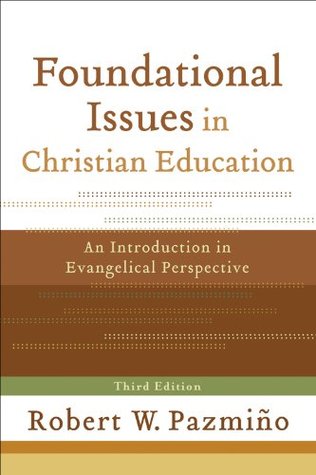Kindle Notes & Highlights
Started reading
March 10, 2025
Paralleling the active and receptive models of the first base described, this second base can also be seen as encompassing two facets. The education of community includes the knowledge and implied insights and values that are communicated through the shared life of the faith community itself as it reflects its fellowship with God.
(diakonia)—
The Christian virtue most closely associated with this third base, as with the second base, is love. But in this instance, love is primarily focused on the world and expressed in deed and word through service. As with second base, the temporal focus is on the present.
This third base includes a receptive mode to complement the active stance of education for service. Actual deeds of service for various persons, groups, and causes provide occasions when others can learn from the perspective of both Christians and non-Christians. Christians, for example, can learn the real human costs of certain political, social, and economic policies through ministries with the poor and in the process be spiritually enriched through contacts with disadvantaged Christians. On the other hand, non-Christians can gain insights about the Christian faith from the sacrificial
...more
Augustine suggested that “hope has two lovely daughters, anger and courage. Anger at the way things are, and courage to see that they need not remain as they are.”
In commenting on the place of advocacy with older adults, Arthur Becker identifies three aspects of advocacy: the correction of injustice, the positive pursuit of justice, and the prevention of injustice.37 These three aspects of advocacy are components of the prophetic calling of God’s people.


